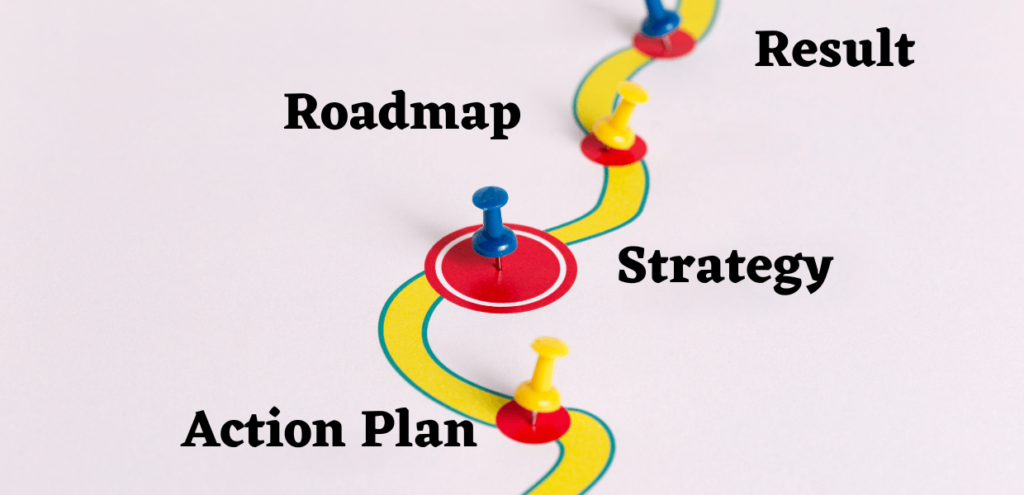SEO stands for Search Engine Optimization, which is the process of optimizing a website or web page to rank higher in search engine results pages (SERPs) for specific keywords or phrases. This is done by improving the technical aspects of the website, creating high-quality and relevant content, and building backlinks from other websites. The goal of SEO is to increase the visibility and traffic to a website by making it more easily discoverable by search engines and users.
Importance of SEO in digital marketing
SEO is a crucial component of digital marketing, as it helps businesses to reach their target audience through organic search. By appearing on the first page of search results, a website can increase its visibility and credibility, ultimately leading to more traffic and potential customers. Additionally, SEO can also help to improve the user experience of a website, making it easier to navigate and find relevant information, which can lead to higher conversion rates.
SEO Standard Operating Procedure (SOP)

A SEO Standard Operating Procedure (SOP) is a document that outlines the specific steps and procedures that should be followed to optimize a website for search engines. It is a detailed plan that covers all aspects of SEO, including keyword research, on-page optimization, technical SEO, link building, and content creation. The SOP provides a clear, step-by-step process for implementing an effective SEO strategy, and can be used as a guide for both internal teams and external agencies. The purpose of a SEO SOP is to ensure that all SEO efforts are consistent, efficient and effective by providing a clear direction for all the stakeholders to follow.
A. Keyword research:
This step involves identifying and researching the keywords and phrases that are relevant to the business and its products or services. These keywords will be used throughout the website and in content to improve search engine rankings. Researching keywords is important to understand the search intent, the competition and the volume of search for each keyword.
B. On-page optimization:
This step involves optimizing various elements of the website, such as title tags, meta descriptions, header tags, and URLs, to make them more search engine friendly. This step also includes optimizing the website’s content, images, and videos for search engines and users.
C. Technical SEO:
This step involves optimizing the technical aspects of the website, such as its structure, code, and server settings, to improve its performance and search engine rankings. This includes optimizing the website’s speed, mobile responsiveness, and the use of structured data.
D. Content creation and optimization:
This step involves creating high-quality, relevant and informative content for the website that will appeal to both search engines and users. Content optimization includes the use of keywords, meta tags, and other elements to improve the visibility of the content in search engine results.
E. Link building:
This step involves obtaining backlinks from other websites to the website. Backlinks are important for improving a website’s search engine rankings as they act as a vote of credibility for the website.
F. Reporting and analysis: This step involves monitoring and analyzing the website’s performance, including its search engine rankings, traffic, and conversion rates. This information can be used to identify areas for improvement and adjust the SEO strategy accordingly.
SEO Roadmap

An SEO Roadmap is a high-level plan that outlines the overall strategy and goals for an SEO campaign. It is a visual representation of the steps and milestones that need to be achieved to improve a website’s search engine rankings and visibility. An SEO Roadmap typically includes a timeline and a list of specific tasks that need to be completed to achieve the overall goals of the campaign. It is a living document that should be regularly updated to reflect changes in search engine algorithms, user behavior, and the business goals.
The SEO Roadmap is typically divided into short-term, medium-term and long-term goals, which are aligned with the overall business objectives and the target audience. It’s an essential tool for coordinating the efforts of different teams and stakeholders, and for measuring the progress of the SEO campaign. It’s also a great way to communicate the strategy and goals to stakeholders, including the C-level executives, department heads, and other decision-makers.
A. Setting goals and objectives:
This step involves identifying the specific goals and objectives for the SEO campaign. This could include increasing website traffic, improving search engine rankings, or increasing conversions. Setting clear goals will help to guide the overall strategy and measure success.
B. Identifying target audience:
This step involves researching and understanding the target audience for the website. This includes understanding their demographics, interests, and search behavior. Identifying the target audience will help to guide the keyword research and content creation.
C. Researching keywords:
This step involves identifying the keywords and phrases that are relevant to the business and its products or services. These keywords will be used throughout the website and in content to improve search engine rankings. This step also includes identifying the keywords that your target audience is searching for.
D. Auditing website:
This step involves evaluating the current state of the website, including its technical SEO, on-page optimization, and content. This information will be used to identify areas for improvement and guide the implementation of changes.
E. Implementing changes:
This step involves making the necessary changes to the website based on the information gathered in the previous steps. This could include changes to the website’s structure, code, or content.
F. Tracking progress and adjusting strategy:
This step involves monitoring the website’s performance, including its search engine rankings, traffic, and conversion rates. This information will be used to measure the success of the campaign and adjust the strategy as needed. Regular monitoring and analysis will help to identify new opportunities and trends in search behavior that can be used to improve the website’s performance over time.
SEO Action Plan
The SEO action is a set of steps that are followed to optimize a website for search engines and improve its visibility and ranking. The action plan is designed to increase the quantity and quality of website traffic by making it more easily discoverable by users and search engines. The SEO process typically includes the following steps:
A. Discovery and research:
This step involves researching the business, its competitors, and the target audience to understand the industry, the market and the search intent of the audience. This step also includes identifying the goals and objectives of the SEO campaign, researching keywords, and auditing the website.
B. Planning and strategy:
This step involves creating a plan and strategy based on the information gathered in the discovery and research phase. This includes identifying the target audience, researching keywords, and creating a plan for improving the website’s technical SEO, on-page optimization, and content.
C. Implementation:
This step involves making the necessary changes to the website based on the plan and strategy developed in the previous step. This could include changes to the website’s structure, code, or content.
D. Tracking and analysis:
This step involves monitoring the website’s performance, including its search engine rankings, traffic, and conversion rates. This information will be used to measure the success of the campaign and identify areas for improvement.
E. Reporting and optimization:
This step involves creating detailed reports on the campaign’s performance and identifying areas for optimization. The data and insights from the reports will be used to adjust the strategy and make changes to the website to improve its performance over time.
In summary, SEO Process is a comprehensive approach to optimize a website that includes research, planning, implementation, tracking and analysis and optimization. It’s an iterative process that requires continuous monitoring and optimization to keep up with the ever-changing search engine algorithms and user behavior.
Conclusion
It’s important to remember that SEO is an ongoing process and that the steps outlined in the SOP and Roadmap should be regularly reviewed and updated to adapt to changes in search engine algorithms and user behavior.

